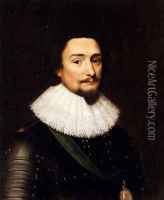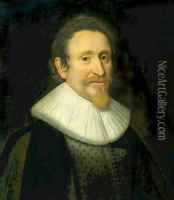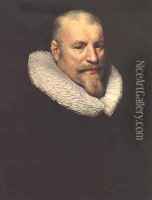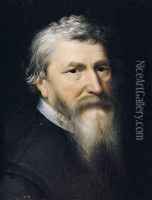Michiel Jansz. van Miereveld Paintings
Michiel Jansz. van Miereveld, also known as Michiel Janszoon van Mierevelt, was a prominent Dutch portrait painter who worked during the Dutch Golden Age, a period of great wealth and cultural achievement that fostered the talents of some of the most famous artists in history. Born on May 1, 1567, in Delft, Netherlands, van Miereveld's talent for art was evident from a young age. He was initially taught by the painter Anthonie van Blocklandt in Utrecht before returning to Delft, where he established his own workshop and quickly gained a reputation for his portraits.
Van Miereveld's work was characterized by its meticulous detail and the lifelike representation of his subjects. He became the most sought-after portraitist in the Netherlands, and his clientele included members of the House of Orange, Dutch nobility, and other prominent figures of the era. His portraits were known for their elegance and the dignified portrayal of the sitters, often set against a neutral background that emphasized their stature and costume.
In 1613, he was appointed as the official portrait painter of Prince Maurice of Nassau, which significantly bolstered his career and reputation. Through this position, van Miereveld became intimately connected with the court and the political figures of his time, allowing him insights into the highest echelons of Dutch society.
Over the course of his career, van Miereveld painted more than a thousand portraits, and his prolific output led to the establishment of a large workshop. He trained numerous pupils, including his son Pieter, who would also become a successful portrait painter. His influence on Dutch portraiture was immense, and he played a crucial role in establishing the tradition of portrait painting in the Netherlands.
Michiel Jansz. van Miereveld's legacy is not only seen in his own works but also in the influence he had on the generations of artists that followed him. His precise and detailed approach to portraiture set a standard that was emulated by many. He passed away on June 27, 1641, in Delft, leaving behind a body of work that continues to be admired for its technical skill and historical significance.
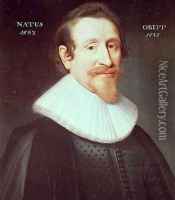


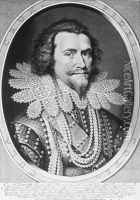
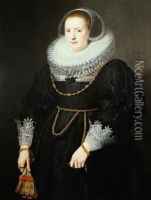
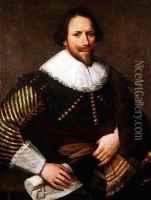

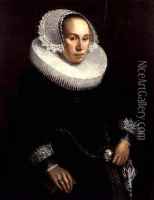
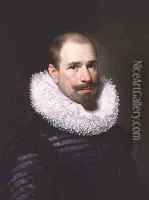
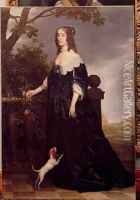
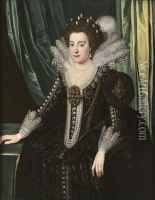

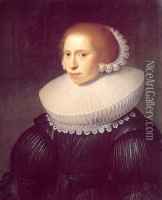
![Portrait of Hugo de Groot [detail #1]](https://www.niceartgallery.com/pic/df93e474/230126s.jpg)
